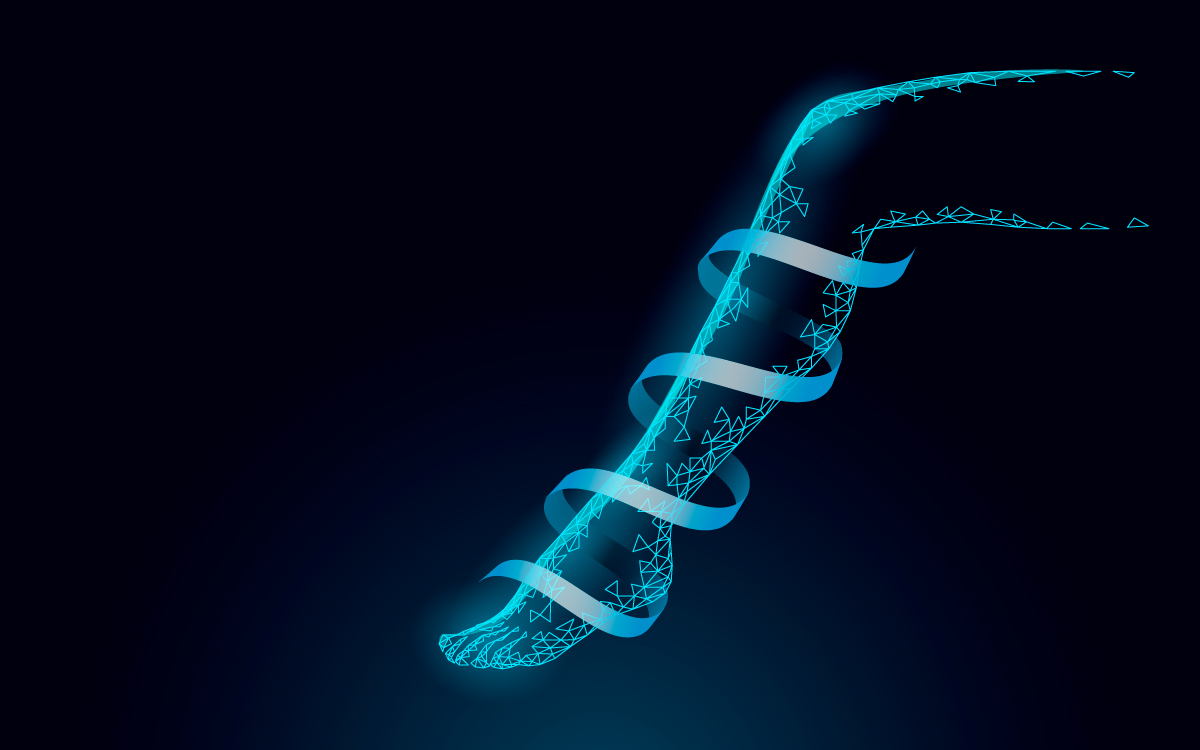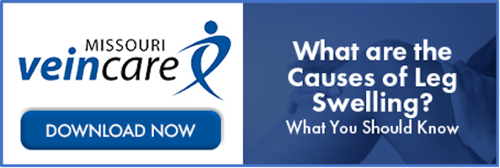Understanding the Five Types of Abnormal Veins
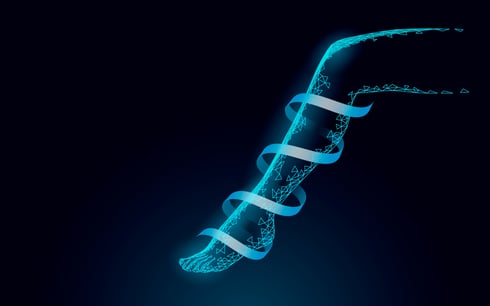
As a vascular surgeon, I am often asked about the different types of abnormal veins. It’s natural for patients to want to know what the various types are and, more importantly, how they can be treated. There are five basic types of abnormal veins and interestingly, all of which can be treated with simple vein treatments.
Every abnormal vein in the human body shares the characteristics of vein reflux and venous hypertension that changes the way blood flows through veins. Regardless of size, all abnormal veins become enlarged compared to normal veins and follow a tortuous course. The term tortuous refers to abnormalities in the blood vessel, especially abnormal twists and turns of the veins that deliver blood from your heart to the rest of your body.
Five Types of Abnormal Veins
1. Spider veins (teleangiectasia)
More commonly known as spider veins, teleangiectasia veins display red or blue colors on the skin’s surface or the vein can bulge above the surface of the skin. The spider veins that remain on the skin’s surface are light and tend to have the appearance of a feather. Spider veins have an abnormal feeder reticular vein leading towards them that requires treatment. The feeder vein is easy to treat with the vein lite procedure.
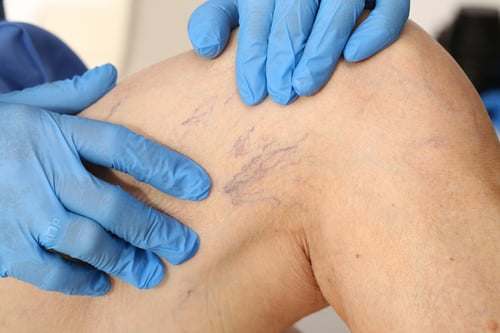
Spider Veins
We usually treat spider veins with a surface laser. However, spider veins will not close if the feeder vein remains open. We may recommend sclerotherapy instead for this reason, which consists of injection treatments. Insurance companies typically consider spider veins a cosmetic concern. This is despite the fact they can cause aching, itching, and stinging in the area directly above the veins.
2. Reticular veins
These are prominent tortuous blue veins just under the skin that you can easily see. They can bulge above skin level and may cause the development of spider veins. The vein lite treatment is also appropriate for the treatment of reticular veins. As with spider veins, reticular veins can cause aching, burning, itching, and stinging sensations directly over the veins.
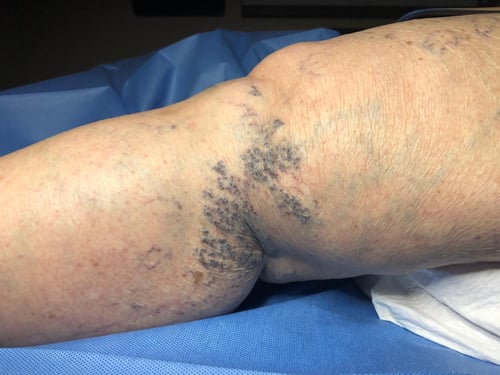
Thigh Reticular Veins with Knee Spider Veins
3. Perforator veins
These veins allow the free flow of blood to the deep veins in one direction. Pressure builds in the superficial veins when the perforator veins do not work correctly. The perforator vein produces a visible bulge on the skin that causes your lower calf to swell and produce symptoms such as achiness and leg cramps. Size of the vein is the only real difference between reticular and perforator veins.
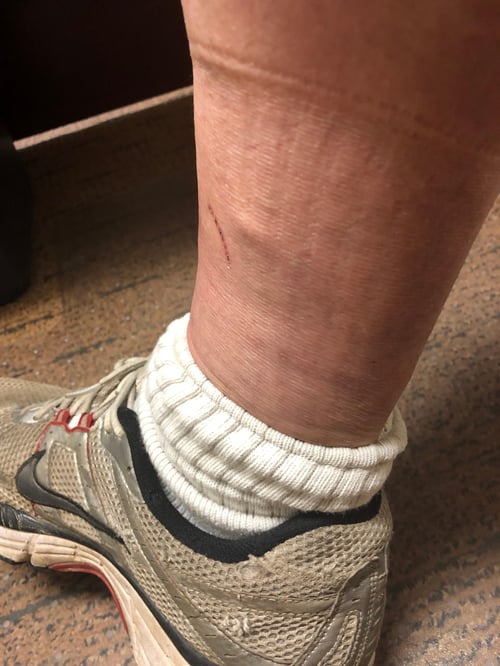
Bulging Perforator Vein
4. Varicose veins
Probably the most well-known of all abnormal veins, varicose veins dilate under the skin and often cause the skin above them to bulge. If a varicose vein remains underneath the skin, the only way to see it is with an ultrasound. However, even varicose veins you can’t see cause symptoms. The most common treatments for varicose veins are injections via sclerotherapy or removal of the vein with a procedure known as microphlebectomy.
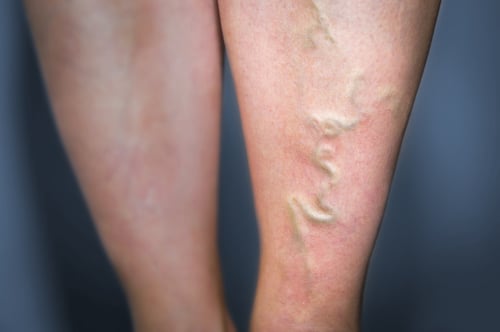
Varicose Veins
5. Neovascularization
This term describes a cluster of abnormal dilated veins that you can sometimes see on the surface of your skin. It is more common for neovascularization to appear under the skin, which requires an ultrasound image to see. The most common causes of neovascularization include blood clots that cause veins to close and prior treatments for vein problems.
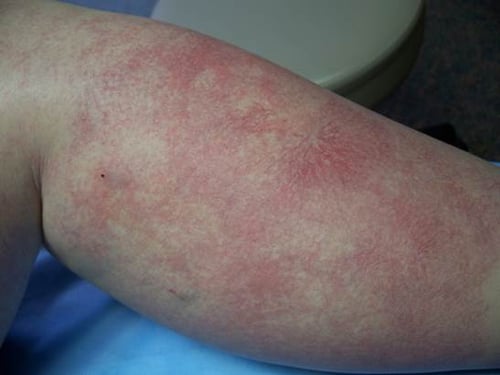
Neovascularization
New veins take the place of old ones when a blood clot forms as well after vein treatment. This is due to inflammation developing in response to an infection or closed vein.
The most important thing to remember about abnormal veins and vein conditions is that you can’t always see that a problem exists. We recommend paying close attention to symptoms that could indicate a vein condition such as a heavy feeling in one or both legs, leg swelling, fatigue, poor sleep, and leg pain. Visit our website page for vein screening options and scroll to the bottom of the page for photos that you can click on for more information. Find the photos that best match the conditions you see on your own legs to learn more. Then, schedule a free vein screening with Missouri Vein Care if you notice these symptoms. We can quickly pinpoint the problem with our vein ultrasound.

